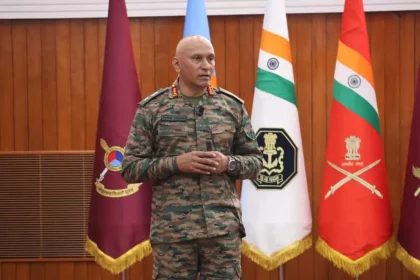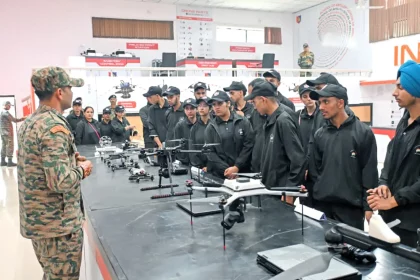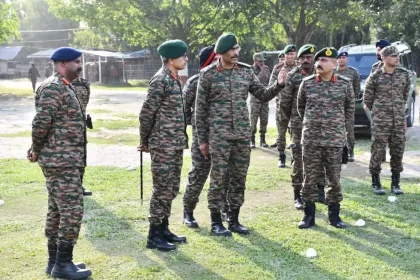Lt Gen Pratik Sharma Addresses HDMC-21 at College of Defence Management on Operational Challenges and Mitigation Strategies
Army Commander shares Northern Command’s field insights, emphasises capability development and jointness in modern warfare.
National Integration Tour from Rajouri & Poonch Visits School of Artillery Deolali
Students witness live artillery firing and gain insights into leadership and military life.
HC Course Officers from Army War College Visit Kazakhstan’s National Defence University to Bolster Strategic Cooperation
Indian delegation engages in strategic discussions, explores military education, and reinforces bilateral defence diplomacy in Central Asia.
Lt Gen R.C. Tiwari Commends Troops of Brahmastra Corps for Swift Operationalisation of Chopra Defence Base
Eastern Army Commander Reviews Chopra Defence Base; Emphasises Civil-Military Synergy and High Operational Readiness.
Arunachal Class 7 Student’s Death Sparks Outrage as Sister Alleges Bullying and Torture at Sainik School
Family of Deceased Sainik School Student Alleges Ragging and Torture; Eight Minors Detained as Investigation Deepens.
Trailer for War Film “120 Bahadur” Released Amid Praise from Bollywood Stars
"120 Bahadur" is scheduled for theatrical release on November 21, 2025.






